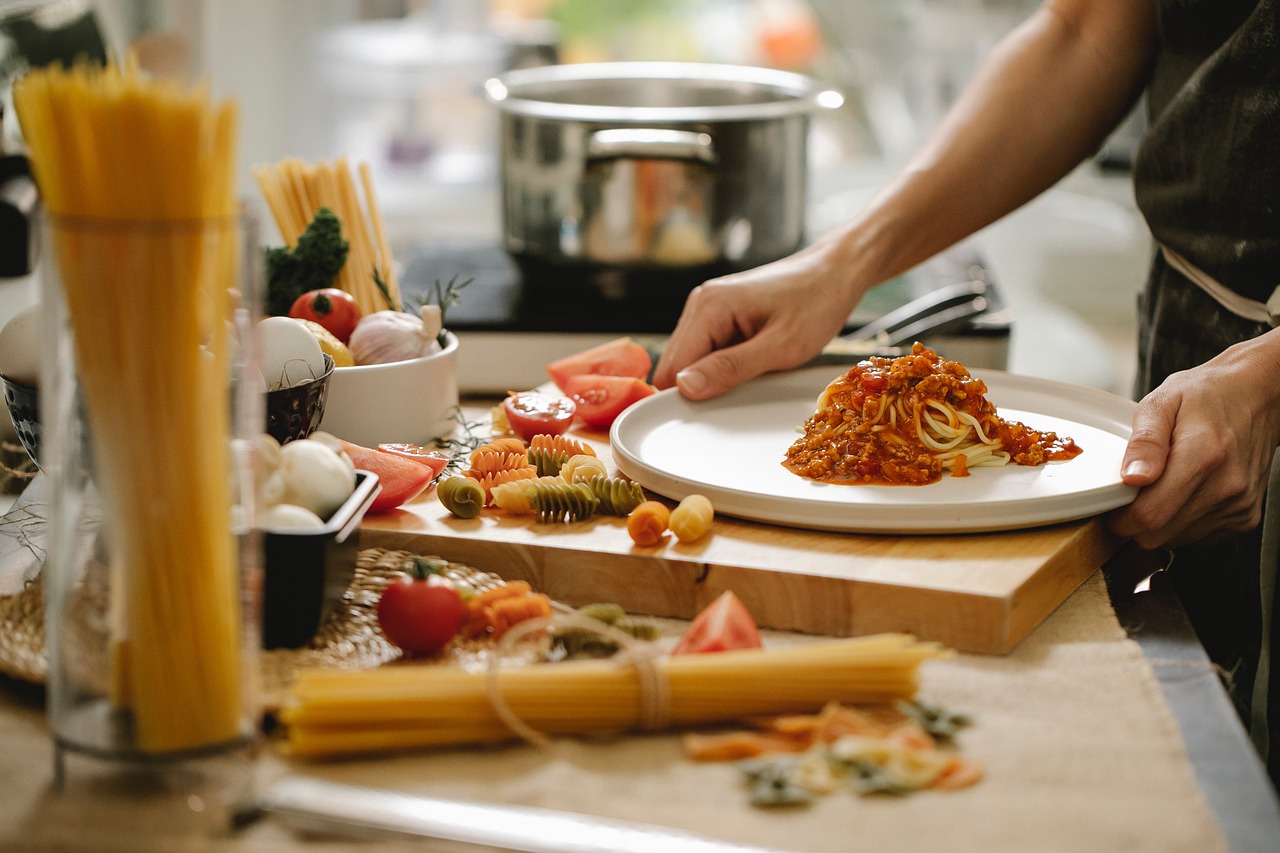Cooking for special diets is a valuable skill that not only shows consideration for others but also opens up a world of diverse culinary experiences. Whether you or your friends have dietary restrictions like vegetarianism, veganism, gluten intolerance, or food allergies, learning to prepare meals that cater to these needs can be both rewarding and enjoyable. Here’s a comprehensive guide to get you started on cooking for special diets.
1. Understanding Special Diets
Vegetarianism:
- Definition: Vegetarians do not eat meat, poultry, or seafood.
- Cooking Tips: Focus on plant-based proteins like beans, lentils, tofu, and tempeh. Use vegetable broths and consider dairy and eggs depending on the type of vegetarian diet (ovo-vegetarian, lacto-vegetarian, etc.).
Veganism:
- Definition: Vegans avoid all animal products, including meat, dairy, eggs, and sometimes even honey.
- Cooking Tips: Utilize plant-based ingredients for protein (tofu, tempeh, beans), dairy alternatives (almond milk, coconut milk), and egg substitutes (flaxseed meal, applesauce).
Gluten-Free:
- Definition: Gluten is a protein found in wheat, barley, and rye, so gluten-free diets avoid these grains.
- Cooking Tips: Use gluten-free alternatives such as rice, corn, quinoa, and gluten-free oats. Check labels on sauces, condiments, and processed foods for hidden gluten.
Allergy-Friendly:
- Definition: Food allergies can vary widely, but common allergens include peanuts, tree nuts, shellfish, dairy, and eggs.
- Cooking Tips: Always read labels carefully to avoid allergens. Use substitutes like sunflower seed butter instead of peanut butter and coconut milk in place of dairy.
2. Essential Cooking Techniques
Cooking Grains:
- Examples: Quinoa, rice, millet.
- Method: Follow package instructions for water-to-grain ratios and cooking times. Use vegetable broth for added flavor.
Preparing Vegetables:
- Examples: Broccoli, carrots, bell peppers.
- Method: Steam, roast, or sauté vegetables with olive oil and herbs for flavor. Avoid cross-contamination with allergens.
Making Soups and Stews:
- Examples: Vegetable soup, lentil stew.
- Method: Use vegetable broth as a base. Include a variety of vegetables and legumes for texture and nutrition.
Baking:
- Examples: Gluten-free cookies, vegan cakes.
- Method: Substitute gluten-free flour blends for wheat flour. Use applesauce or mashed bananas instead of eggs. Explore recipes tailored to specific dietary needs.
3. Simple and Delicious Recipes
Vegetarian:
- Recipe: Spinach and feta stuffed mushrooms.
- Ingredients: Mushrooms, spinach, feta cheese (optional), breadcrumbs (gluten-free if needed), garlic, olive oil.
- Method: Remove mushroom stems, sauté spinach and garlic, mix with feta, stuff into mushrooms, bake until tender.
Vegan:
- Recipe: Chickpea curry with coconut milk.
- Ingredients: Chickpeas, coconut milk, curry powder, onion, garlic, tomatoes, cilantro.
- Method: Sauté onion and garlic, add curry powder, stir in chickpeas and tomatoes, simmer with coconut milk, garnish with cilantro.
Gluten-Free:
- Recipe: Quinoa salad with roasted vegetables.
- Ingredients: Quinoa, mixed vegetables (bell peppers, zucchini, cherry tomatoes), olive oil, balsamic vinegar, fresh basil.
- Method: Roast vegetables, toss with cooked quinoa, drizzle with olive oil and balsamic vinegar, garnish with basil.
Allergy-Friendly:
- Recipe: Sunflower seed butter and banana sandwiches.
- Ingredients: Gluten-free bread, sunflower seed butter, bananas.
- Method: Spread sunflower seed butter on bread slices, add banana slices, and assemble into sandwiches.
4. Tips for Success
- Plan Ahead: Research recipes and make grocery lists to ensure you have the right ingredients.
- Communicate: If cooking for friends, ask about their specific dietary needs and preferences.
- Experiment: Don’t be afraid to try new ingredients and recipes to discover what works best for different diets.
- Stay Informed: Keep up-to-date with food labels and allergen information to avoid accidental exposure.
5. Benefits of Cooking for Special Diets
- Expand Culinary Skills: Learn new cooking techniques and experiment with diverse ingredients.
- Show Consideration: Demonstrate empathy and respect for others’ dietary needs and preferences.
- Health Benefits: Explore nutritious and wholesome foods that can benefit everyone, regardless of dietary restrictions.
Cooking for special diets is not only about meeting dietary requirements but also about creating delicious meals that everyone can enjoy together. By mastering these skills, you’ll not only become a more versatile cook but also a more thoughtful and considerate friend. So, roll up your sleeves, grab your apron, and start exploring the world of cooking for special diets today!

